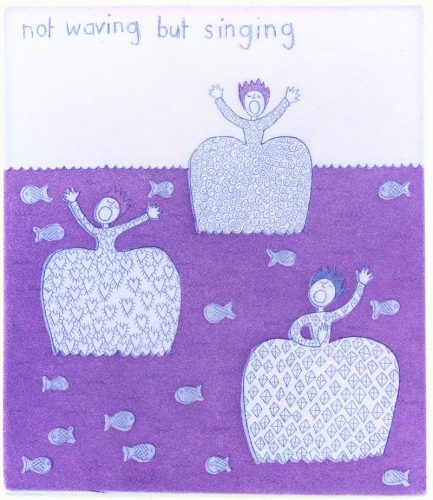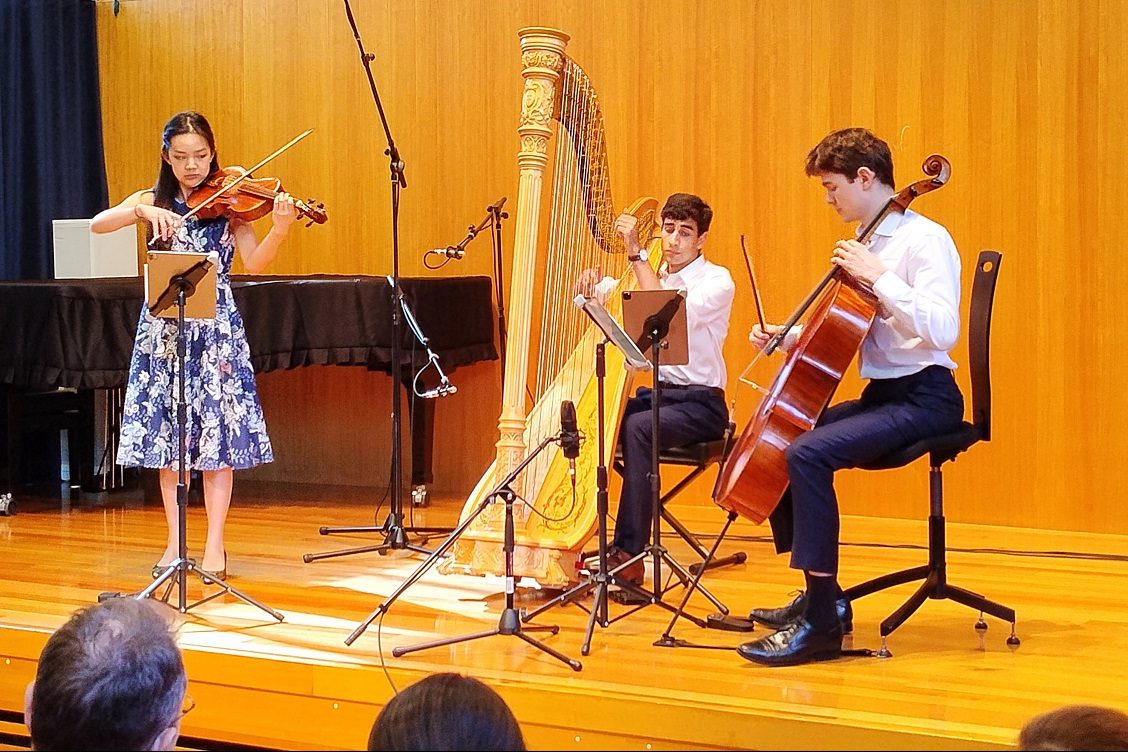Arts / “Gurrwiliny – the Arafura wetlands”, Bula’bula Arts, and “Instances” by Judy Horacek, at Beaver Galleries, Deakin. May 2-19. Reviewed by ROB KENNEDY.

ARTISTS weave more than thoughts and emotions into their works in two distinct exhibitions at Beaver Galleries. In them, the land of the earth and the inner space of the mind come together.
One of the exhibitions, “Gurrwiliny – the Arafura wetlands”, is from Bula’bula Arts is a centre. Located in Ramingining in North East Arnhem Land in the Northern Territory, 150 artist members and its directors work towards its core objective, which is to preserve and foster Yolngu culture.
Yolngu often say that they “come from” the land, or that they “are the land”, something non-Aboriginal people might find difficult to understand. However, looking at these works, the representation of the land in them is clearly seen and felt.
The ochre colours of the mats, bags and fishing traps on show, reflect the colours of the earth and the sun. The mats could represent a place of community. Made with natural fibres by women of the Yolngu they use bush string for the handles on the bags and binding of the mats and for decoration. Pandanus is used for the most part in the body of the weaving.
The swirling patterns on some mats create the feeling of a vortex, pulling the eye towards the centre. They hang on the walls like giant sea creatures and are alive with motion and vibrancy. The fish traps stand on their plinths as a carved monument. Each work speaks loudly of place and owns a strong connection to country.
The second exhibition, “Instances”, is by Judy Horacek, an Australian cartoonist, illustrator and author. She’s well known for her witty and humorous interpretations of social and political issues.

With a sense of serialism drifting through this exhibition, Horacek works to show how some of the earliest ideas of humanity can be made into art. Drawing inspiration from ancient Mycenaean and Cycladic figurines, her works are lively, buoyant and full of animated life, like her cartoons.
The human form is depicted in every artwork. The sometimes-cartoonish character of bodies can say more about who people are than any study. The comical titles, such as “Sticks and Stone Age” and “Three Not Sisters” show Horacek with her comic mind ticking over. The detail in all the works is complex, beautifully patterned and well-thought out. Some are like several artworks in one.
The many petite porcelain sculptures display or mimic augmented shapes of the human form. They give life to or perhaps rediscover some of the imaginings of ancient times.
The large and bubbly crowd on opening night in Beaver Galleries is a testament to the quality, unique insight and pleasing visual aspects of Horacek’s finely crafted artworks and the pull that indigenous art and craft has on so many people in Australia and around the world.
Who can be trusted?
In a world of spin and confusion, there’s never been a more important time to support independent journalism in Canberra.
If you trust our work online and want to enforce the power of independent voices, I invite you to make a small contribution.
Every dollar of support is invested back into our journalism to help keep citynews.com.au strong and free.
Thank you,
Ian Meikle, editor




Leave a Reply